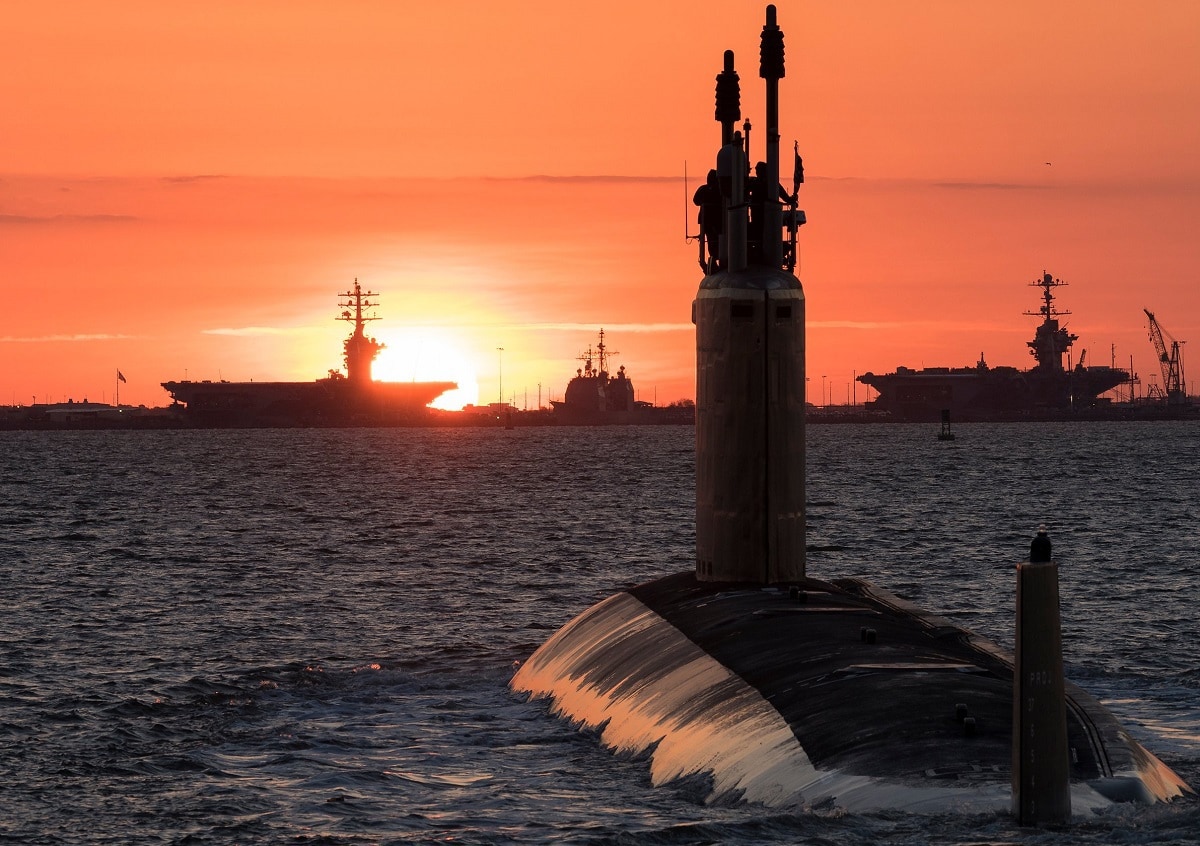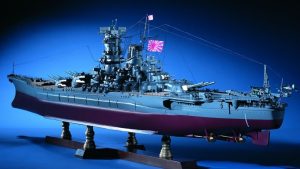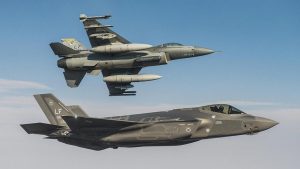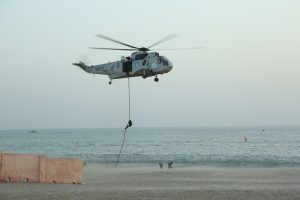The Seawolf class features twice as many torpedo tubes as their predecessors, despite lacking the Vertical Launching System (VLS) cruise missile firing tubes of the Los Angeles class.

Seawolf-class Submarine.
Why are there so few submarines in the Seawolf class? “Seawolf” is an alternative name for the Atlantic wolffish (Anarhichas lupus), a sea monster that can survive in waters with temperatures as low as -1 to 11°C and has a horrible appearance. It feeds on crustaceans with hard shells, mollusks, and echinoderms.
In the domain of nuclear-powered fast-attack submarines (SSNs), the Seawolf-class submarines of the United States Navy can also survive in extremely cold seas. They are lethal predators for maritime opponents.
Still, they would probably be on the Endangered Species List because they built only a few Seawolf submarines compared to how many were planned.
The Seawolves (or is it Seawolves?) were designed to replace the Los Angeles-class SSNs commissioned between 1974 and 1996. General Dynamics Electric Boat started designing the Seawolf class in 1983, at the height of the Cold War, to compete with Soviet ballistic missile submarines (SSBNs) like the Typhoon class and attack submarines like the Akula-class boats.
Still, the fall of the Soviet Union and the resulting “peace dividend” threw a wrench in the plans and made it hard to be sure that the Seawolf project would be possible in the future. According to the Sea Forces Online website:
“A class of 29 submarines were scheduled to be built over ten years but stretched to 12.”. In 1995, the end of the Cold War and budget restrictions led to the termination of any additional additions to the fleet, leaving the Seawolf class with only three ships. It resulted in the development of the smaller Virginia class. The Seawolf-class submarines cost around $3 billion per unit ($3.5 billion for the USS Jimmy Carter), making them the most costly SSN submarines and the second-most expensive submarines ever after the French SSBN Triomphant class… The cost estimate for twelve submarines of this class was $33.6 billion. (Italics added.)
For context, the construction of 62 Los Angeles-class submarines at a unit cost of $1.6 billion in 2020 dollars. In the meantime, 22 of the intended 66 Virginia-class SSNs have been completed at the cost of $2.8 billion.
Given these mind-boggling costs, it’s easy to forget that the Seawolf-class submarines are incredibly formidable vessels.
Despite lacking the Los Angeles class’s Vertical Launching System (VLS) cruise missile-firing tubes, the Seawolves have twice as many torpedo tubes as their predecessors – eight as opposed to four – and are larger, quieter, and faster. Despite the absence of VLS tubes, Up to fifty UGM-109 Tomahawk cruise missiles can be carried on board, giving them access to land and marine targets. The UGM-84 Harpoon anti-ship missile and the Mk-48 Advanced Capabilities (ADCAP) torpedo are two examples of supplementary weapons.
Regarding durability and survivability, The Seawolf-class hulls are built of HY-100 steel, which is more robust than the HY-80 steel used in previous classes and can withstand higher water pressure at greater depths, increasing the likelihood of survival in the event of an accident. The official depth of the test is 1,699 feet. According to Seaforces-online, “the boats are also equipped with significant equipment for shallow water operations.” The class employs the more sophisticated ARCI Modified AN/BSY-2 combat system, including a new towed-array sonar, a wider spherical sonar array, and a wide aperture array (WAA). Each vessel is powered by a single S6W nuclear reactor that provides 45,000 horsepower (34 MW) to a low-noise pump jet. The first two ships of the Seawolf class (USS Seawolf and the USS Connecticut, (SSN-21 and SSN-22, respectively) were commissioned on July 19, 1997, and December 11, 1998, respectively. They have a submerged displacement of 9,138 tonnes and a hull length of 353 feet (108 meters), a beam width of 40 feet (12 meters), and a draught of 12 feet. The last and third ship, named for 1947 graduate a U.S. Naval Academy Class, the USS Jimmy Carter, was a submarine officer during Adm. Hyman G. Rickover’s stern command. Their vessel is 100 feet longer and 3,002 tonnes heavier than its predecessor due to the Multi-Mission Platform (MMP) that launches and recovers remotely operated underwater vehicles (ROV) and Navy SEAL teams.
All three Seawolf boats carry a crew of 4 commissioned officers and 126 enlisted sailors total of 140, and have a maximum speed of 35 knots and a silent speed of 20 knots.
So far as I am aware, none of the Seawolf-class submarines have been used in warfare. Given the ever-increasing hostility emanating from Russia, China, and North Korea, however, the predatory fish’s mechanical namesakes may experience their first “blooding” sooner rather than later, proving their worthiness for the expensive price tag.






